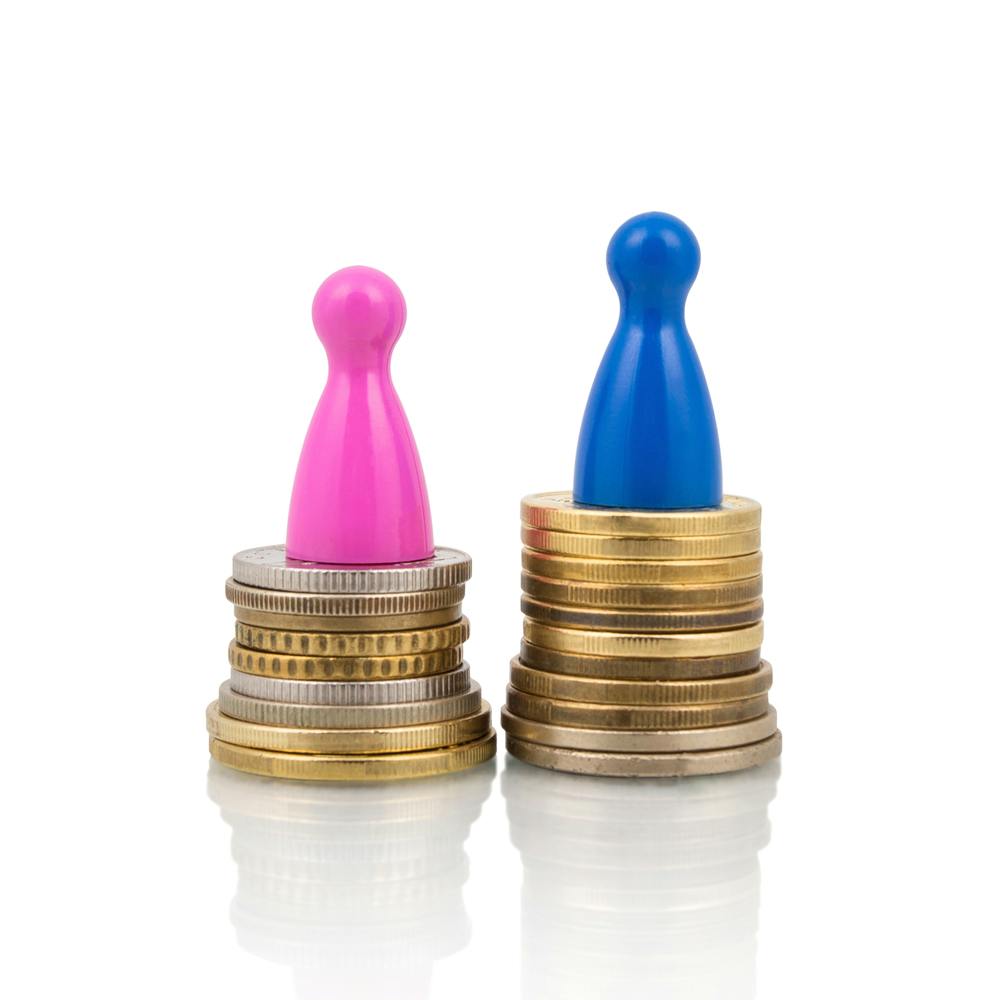Gender inequality takes many forms, the most obvious being the difference in earnings between men and women doing the same kind of work. Even where there is pay equity, subtler forms of inequality may be present from men getting the plum assignments, to promotion to the sex of employees hired for traditionally female jobs.
This fact simply means that there is still a long road to go before gender discrimination is completely eliminated from the workplace.
Defining gender inequality
Gender inequality, “which is sometimes called sex discrimination, means receiving unequal treatment based solely on gender.”
For example: When hiring decisions or decisions regarding continued employment or promotion are based on an employee’s gender, then it is gender inequality since employees are treated unfairly.
Does gender disparity really have negative effects in the workplace?
YES! Yes, it does!
Gender inequality not only affects individual employees, it can also affect the overall economic performance of the organization. Besides being illegal, discriminating on the basis of gender has far reaching implications for your female employees as well as for their male colleagues. Here are just a few of the harmful effects of gender discrimination in the workplace:
Mental health — Gender discrimination victims often experience harassment which can lead to increased depression and anxiety. Such effects do not only affect the victim of harassment, but it also extends to other members of the organization. Meaning, the energy, focus and morale of the whole team could be exhausted or sapped by the presence of gender inequality.
Stress — Unfair treatment increases stress levels which can lead to greater chances of physical illness. This causes employees to become tardy or absent because of health problems. When employees do not want to work, they can always avoid it which costs business productivity. Moreover, such health problems can increase health care claims and can lead to increased insurance costs for the employer.
Decreased job satisfaction — A high level of job satisfaction comes with the opportunity to have autonomy, learn new skills and exercise control over working conditions that lead to a high-status job. When there is gender inequality happening at the workplace, discriminated individuals never reach the level needed for a high-status job and therefore do not have a high satisfaction with their job.
Increased turnover — Because there is a negative impact on one’s happiness and health, sexual harassment increases the chances of employee turnover. Women, more often than men, leave high paying executive positions, citing lack of opportunities, inflexible work hours and a lack of female peers. Every time an employee leaves, it costs a company or business money in order to recruit and train a new worker. In case another woman is hired, and gender inequality is still present, then the cycle repeats.
Inequality contributes to harassment — When gender inequality exists in a workplace, the company culture can be less attentive to sexual harassment issues. Victims of gender inequality are less likely to come forward with complaints in such culture than they would be in a workplace that embraces both genders. This is because the victims believe that their complaints will not be taken seriously or will fall on deaf ears.
Bad reputation — The harmful effects of gender inequality do not stop at the company’s lobby doors. Public allegations of gender discrimination can hurt the brand image of a company as well as its stock price. Moreover, employers will have a hard time recruiting in-demand workers if their company develops an image of a hostile working environment. This leads to a less effective workforce and more recruitment costs which can hurt both employers and employee.
